Back to Courses
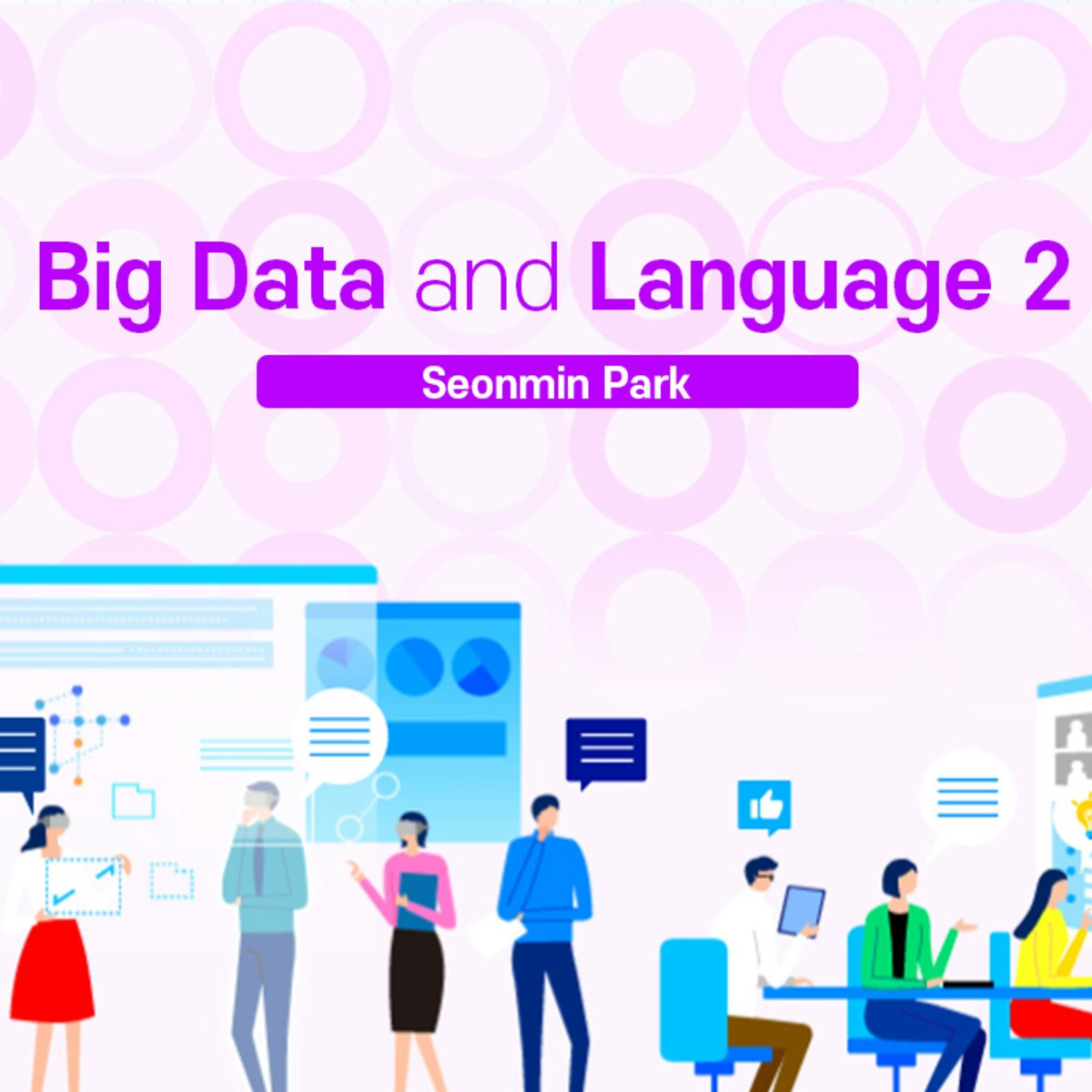

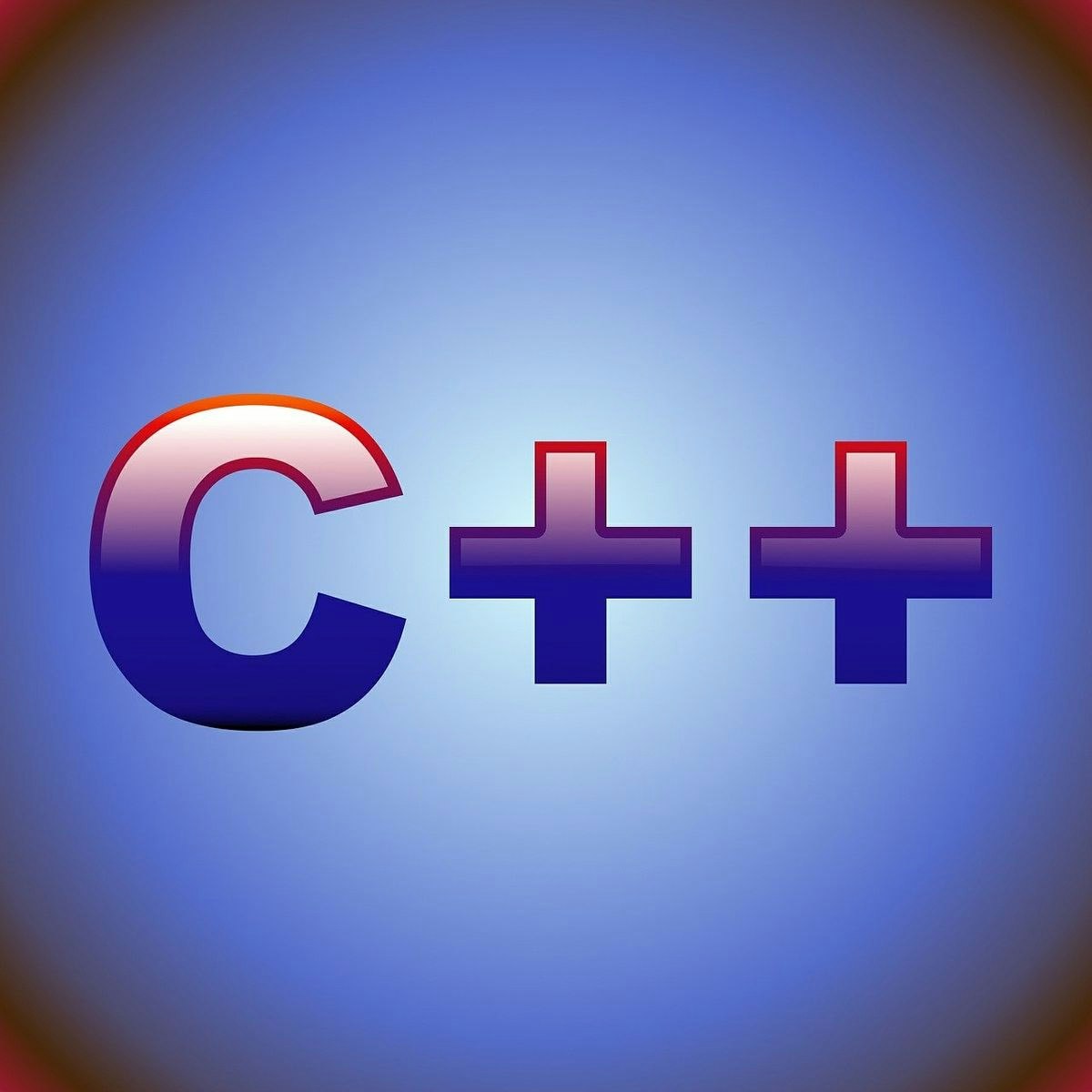
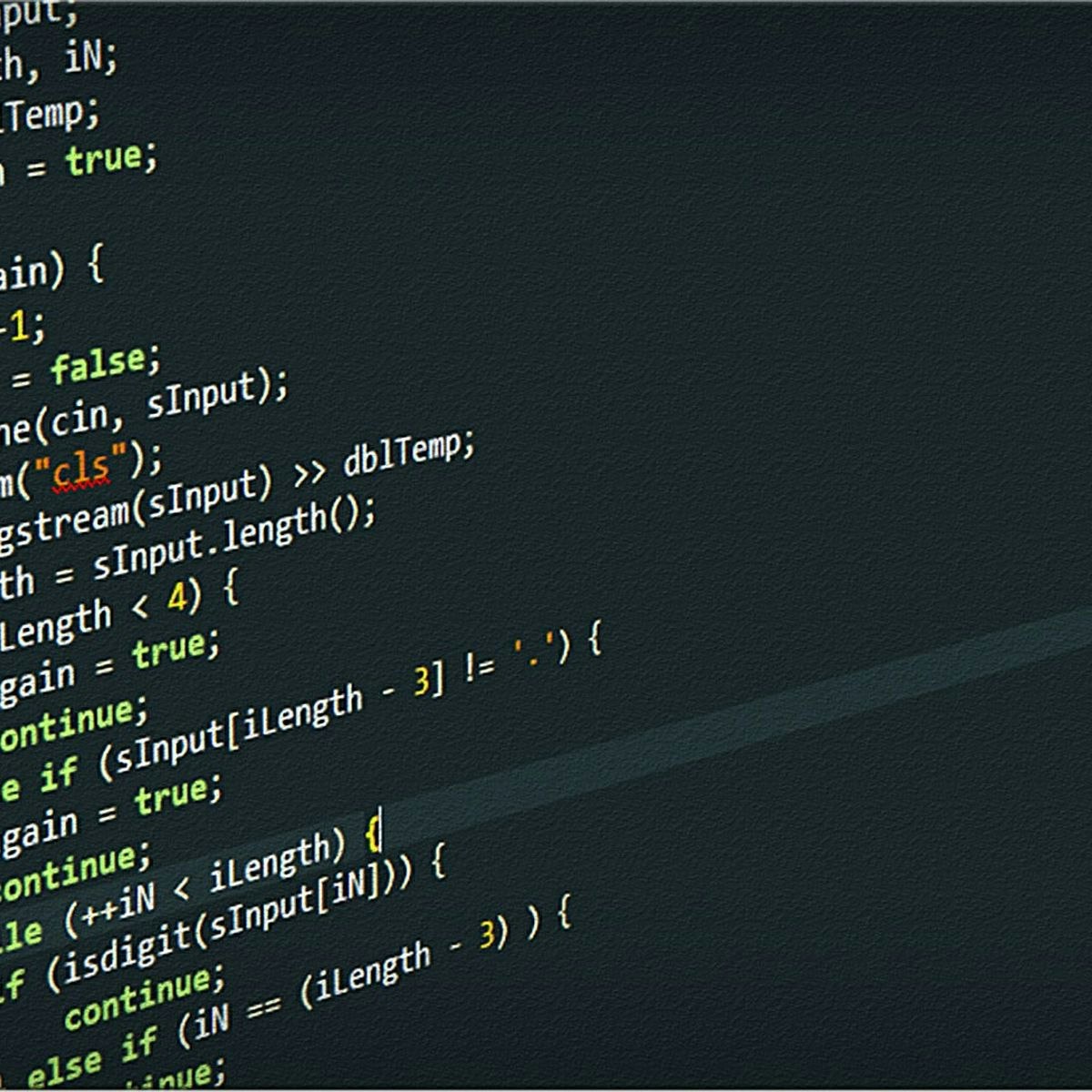
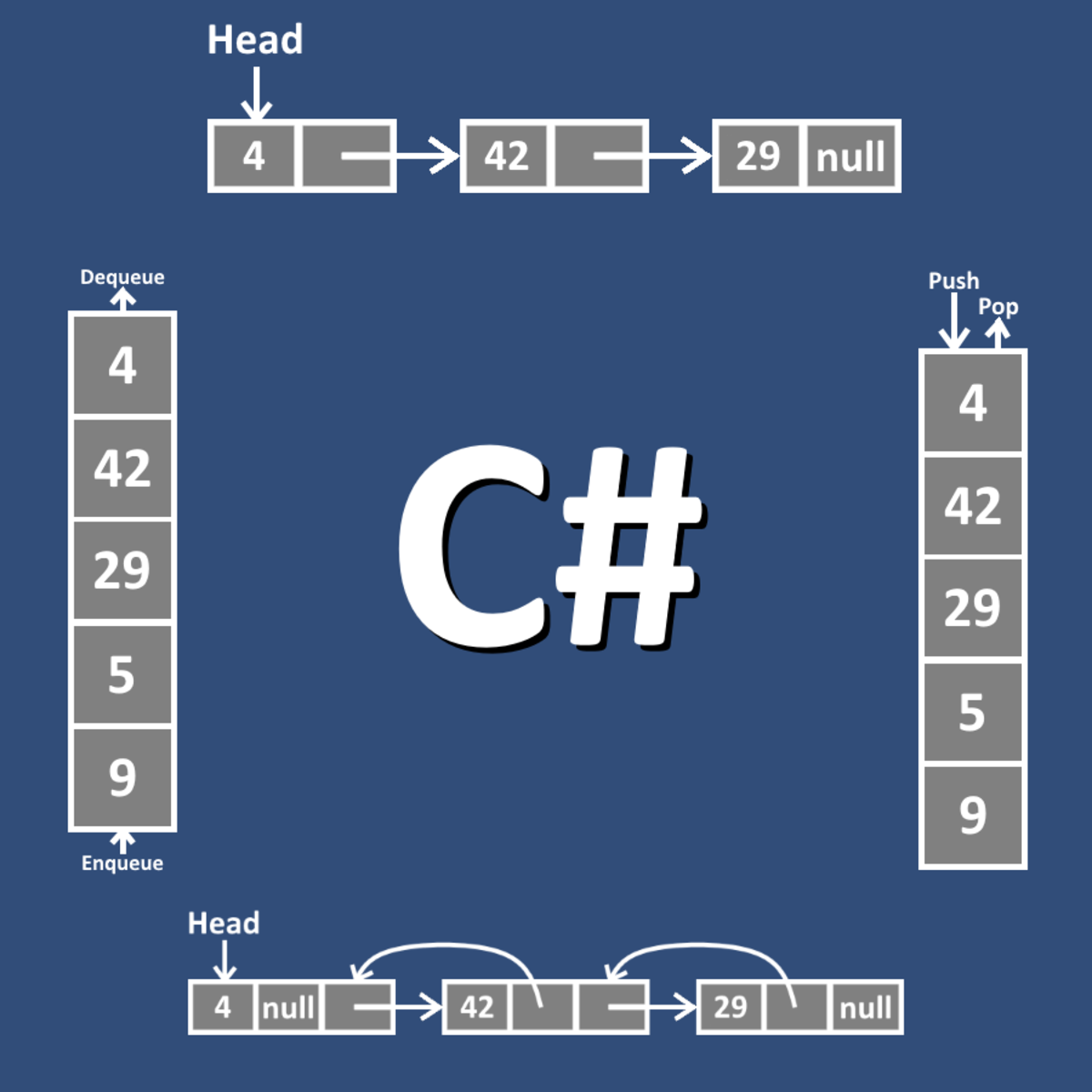



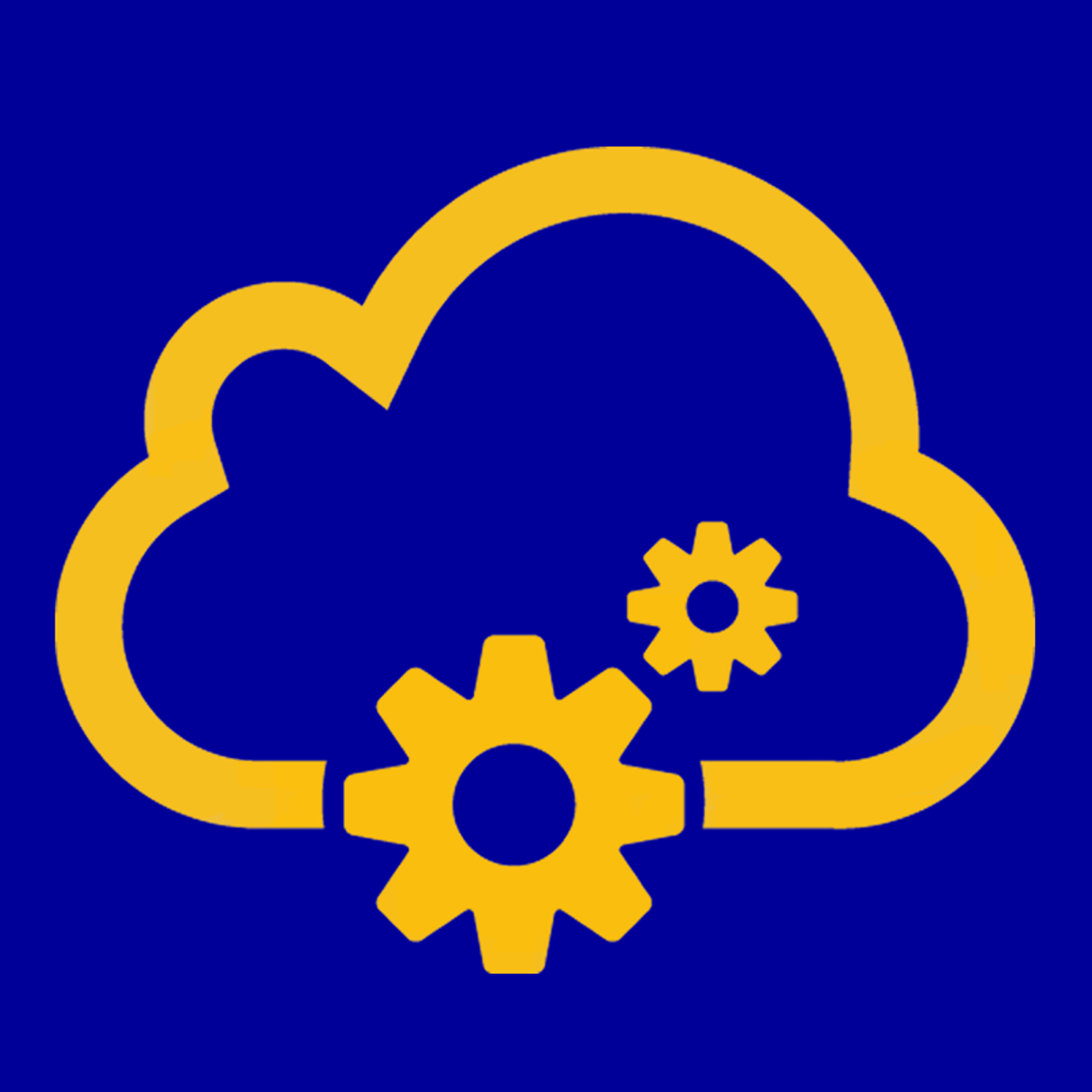
Software Development Courses - Page 79
Showing results 781-790 of 1266

Introduction to Ansible: The Fundamentals
Welcome to "Introduction to Ansible: The Fundamentals".
In this guided project you will learn how to implement infrastructure as a code practice using Ansible, a configuration management tool. The task-based approach that we follow in our guided project will get you a better understanding of Ansible that comes very handy while working on your real-life project. . Most importantly you will leave this course with more confidence that will get you to work in Ansible more efficiently.
Good luck as you get started, and I hope you enjoy the course!
Happy learning !!!!!

Big data and Language 2
In this course, students will understand characteristics of language through big data. Students will learn how to collect and analyze big data, and find linguistic features from the data. A number of approaches to the linguistic analysis of written and spoken texts will be discussed.

Java Arrays and Loops
In this project you will read weather data from a file and populate an Array with the file data. The data is then sorted in an Array, and output to another file.
Loops are used in a Java program whenever a sequence of code must be repeated. A common use for a while loop is to read data from a file, where the file is of unknown length. A for loop, on the other hand is often used when the repeat count of a code sequence is known. A common use of a for loop is to iterate through an array. An Array is a list of items of a fixed size where each entry is the same type of data. The array could contain numbers, Strings of characters, or a user-defined data type.
Note: This course works best for learners who are based in the North America region. We’re currently working on providing the same experience in other regions.

C++ Classes and Objects
In this project you will create an application that defines a Car class and create one to many Car objects using C++.
Object Oriented programming is advantageous because it allows the programmer to think in terms of the way people think of the real world, in terms of Objects like employees, airplanes, and homes for example. In procedural programming, the programmer tends to think more in terms of procedures or functions. In Object-Oriented Programming in a language such as C++, Classes and Objects are often used interchangeably but there is a distinction between the two. A class is a blueprint for objects. An automobile may come in many different makes, colors, and models, but each car object has those same attributes. A Car class then contains the common attributes all cars have; color, make and model. When an Object of a Car is made from the Car class, it is then assigned a specific color, such as a red Nissan Sentra or a blue Toyota Camry.
Note: This course works best for learners who are based in the North America region. We’re currently working on providing the same experience in other regions.

Process File Data using C Pointers
By the end of this project you will implement a program using C that uses pointers to access a csv file and searches the file for a character string.
The C programming language is the basis for many other programming languages. Its syntax has been used in languages such as C++, Java, and C# to name a few. These languages utilize pointers to access variables, so it is an important concept to grasp. C is still the language of choice for writing Operating systems, games, and many other applications where performance is critical.
Note: This course works best for learners who are based in the North America region. We’re currently working on providing the same experience in other regions.

Data Structures and Design Patterns for Game Developers
This course is a stand-alone course that builds on the knowledge included in the C# Programming for Unity Game Development Specialization, so the course assumes you have the prerequisite knowledge from that Specialization. You should make sure you have that knowledge, either by taking those courses or from personal experience, before tackling this course. Throughout this course you'll build on your foundational C# and Unity knowledge by developing more robust games with better object-oriented designs using various data structures and design patterns.
Data structures and design patterns are both general programming and software architecture topics that span all software, not just games. Although we'll discuss these ideas in the game domain, they also apply if you're writing a web app in ASP.NET, building a tool using WinForms, or any other software you decide to build.
Module 1: Explore a Dynamic Array data structure and learn the basics of algorithm analysis
Module 2: Learn about and use the common Linked List and Graph data structures
Module 3: Learn about and use several additional data structures: Stacks, Queues, and Trees
Module 4: Learn why design patterns are so useful and discover a number of design patterns useful in game development
“Unity” is a trademark or registered trademark of Unity Technologies or its affiliates in the U.S. and elsewhere.
This course is an independent work and is not sponsored by, authorized by, or affiliated with Unity Technologies or its affiliates

Use Python Regular Expressions to Process File Data
By the end of this project, you will use the python re package to create an application that verifies email form data from a file.
Regular expressions are used to search for data patterns. They can be used to validate file or web data, and/or replace data when a match is found. In Python, the regular expression is compiled with a regular expression pattern. Then a string is passed to the regular expression engine where the search for the pattern match takes place.
Note: This course works best for learners who are based in the North America region. We’re currently working on providing the same experience in other regions.

Dart: Using Functions with Lists and Maps
This is a self-paced lab that takes place in the Google Cloud console.
In this lab you will learn how Dart is used with data structures. Understand the utility of Maps and Lists and how these are used to reference information.

Inheritance and Data Structures in Java
This course provides a comprehensive look at Java inheritance, including access modifiers and overriding methods. Students are introduced to abstract classes, and will learn how to read and write to files, use regular expressions for parsing text, and how to leverage complex data structures like collections and maps.
Additionally, this course offers strategies for catching errors and debugging code, including an overview of Eclipse’s debugging tool.

RESTful Web Services with JAX-RS
This course introduces the roles of Web Services in Enterprise Applications. Best Practices, Web JEE Architectures, Exception Handling. It will then take a hands on approach wit the development of RESTful Web Services using JAX-RS Resource Classes, Interceptors and Filters along with key design principals.
Popular Internships and Jobs by Categories
Browse
© 2024 BoostGrad | All rights reserved


